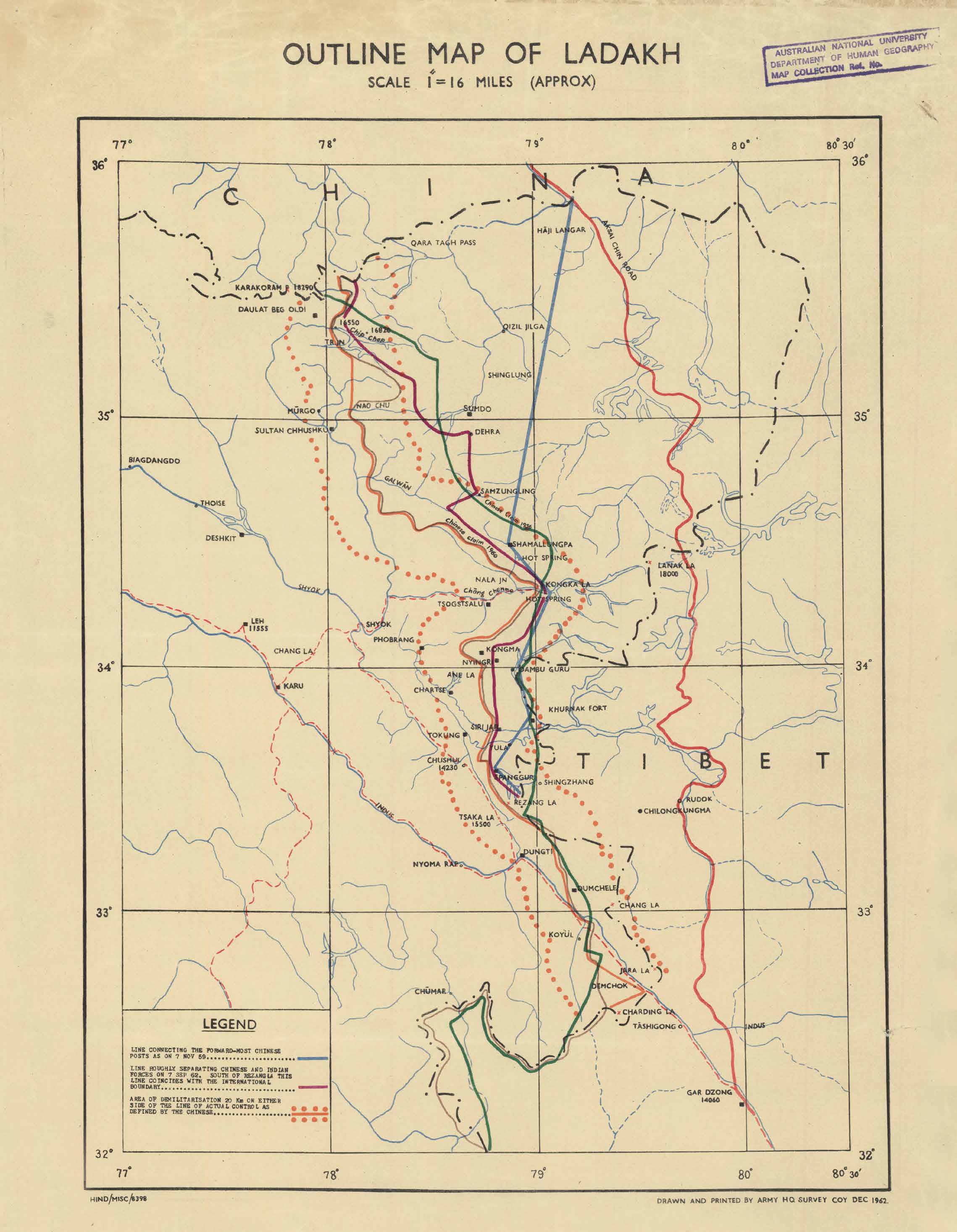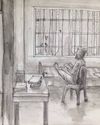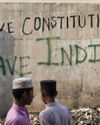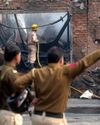
FOR THE FIRST TIME in forty-five years, on 15 June 2020, India and China recorded the death of Indian soldiers on the Line of Actual Control-the contested border between the two countries, which stretches from the Karakoram Pass in the west to Myanmar in the east. The deaths occurred in the Galwan Valley, in Ladakh, and these were the first military casualties in the territory since the 1962 Sino-India War. The full details of the incident are shrouded in ambiguity, but it involved Chinese soldiers pitching tents around the Galwan Valley and their forceful eviction by the Indian Army-there is little clarity on whether China's People's Liberation Army had agreed to abandon these positions.
This led to a clash which claimed the lives of 20 Indian soldiers and at least four PLA soldiers.
More than seventy Indian soldiers were injured while nearly a hundred more, including some officers, were taken captive by the Chinese. No Chinese soldier was in Indian captivity. "We were taken by surprise by how well prepared they were for the clash," a top officer at the army headquarters in Delhi, who was part of the decision-making in the Ladakh crisis, told me.
The LAC has neither been delineated on the map nor demarcated on the ground by either side.
The last attempt to do so failed nearly two decades ago. The difference in the two sides' understanding of it is so vast that New Delhi claims the border between the two countries is 3,488 kilometres long while China says it is only around two thousand. It is the world's longest disputed border.
This story is from the October 2022 edition of The Caravan.
Start your 7-day Magzter GOLD free trial to access thousands of curated premium stories, and 9,000+ magazines and newspapers.
Already a subscriber ? Sign In
This story is from the October 2022 edition of The Caravan.
Start your 7-day Magzter GOLD free trial to access thousands of curated premium stories, and 9,000+ magazines and newspapers.
Already a subscriber? Sign In

Mob Mentality
How the Modi government fuels a dangerous vigilantism

RIP TIDES
Shahidul Alam’s exploration of Bangladeshi photography and activism

Trickle-down Effect
Nepal–India tensions have advanced from the diplomatic level to the public sphere

Editor's Pick
ON 23 SEPTEMBER 1950, the diplomat Ralph Bunche, seen here addressing the 1965 Selma to Montgomery March, was awarded the Nobel Peace Prize. The first black Nobel laureate, Bunche was awarded the prize for his efforts in ending the 1948 Arab–Israeli War.

Shades of The Grey
A Pune bakery rejects the rigid binaries of everyday life / Gender

Scorched Hearths
A photographer-nurse recalls the Delhi violence

Licence to Kill
A photojournalist’s account of documenting the Delhi violence

CRIME AND PREJUDICE
The BJP and Delhi Police’s hand in the Delhi violence

Bled Dry
How India exploits health workers

The Bookshelf: The Man Who Learnt To Fly But Could Not Land
This 2013 novel, newly translated, follows the trajectory of its protagonist, KTN Kottoor.